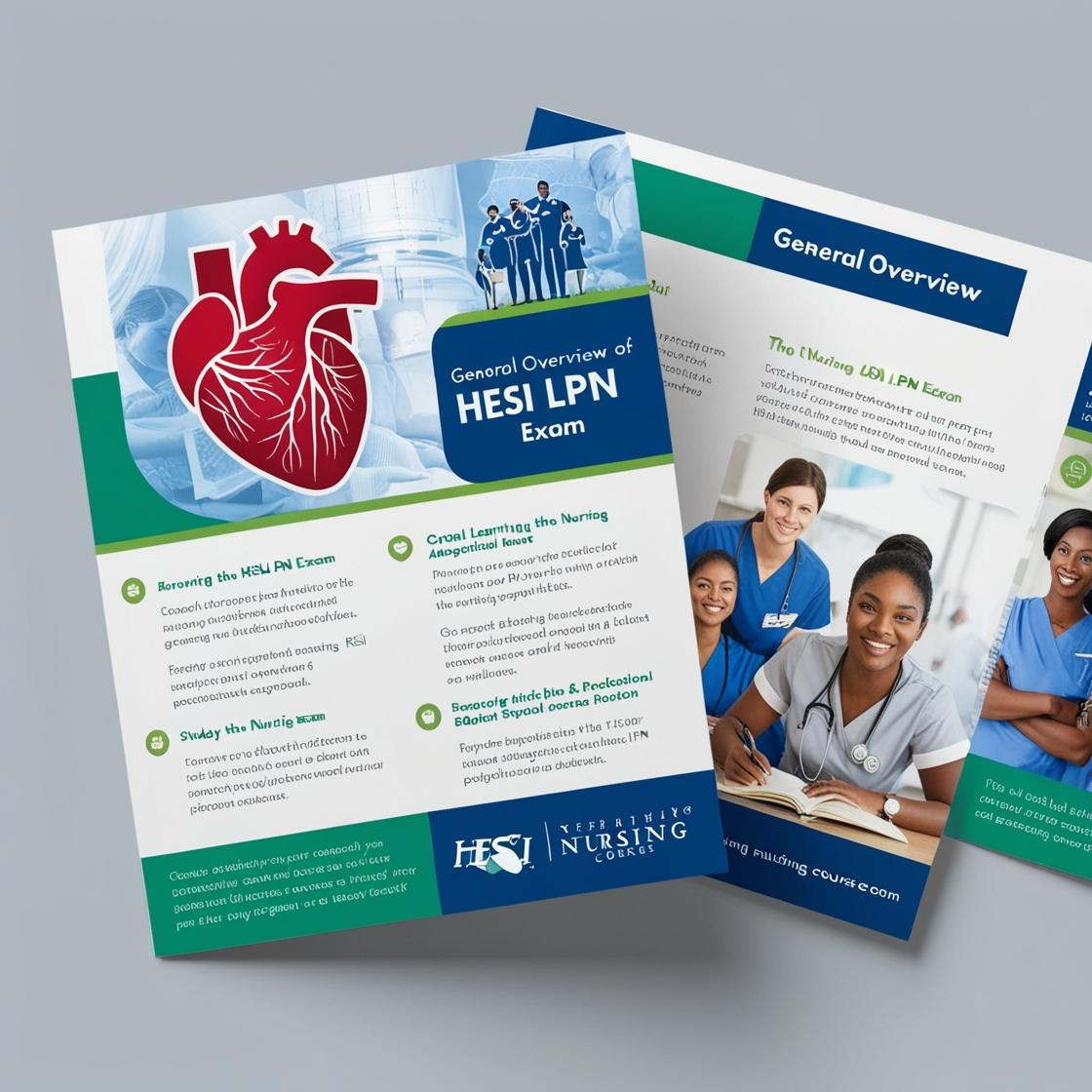HESI LPN
HESI Fundamentals Practice Questions
1. A patient requires repositioning every 2 hours. Which task can the nurse delegate to the nursing assistive personnel?
- A. Determining the level of comfort
- B. Changing the patient's position
- C. Identifying immobility hazards
- D. Assessing circulation
Correct answer: B
Rationale: The correct answer is B: 'Changing the patient's position.' Repositioning the patient involves physically moving and adjusting their position in bed, which is a task that can be safely delegated to nursing assistive personnel (NAP). This task does not require clinical judgment or assessment skills beyond the ability to follow guidelines for proper positioning. Choices A, C, and D involve assessments or judgments that require a higher level of training and knowledge, making them more appropriate for a nurse to perform. Choice A involves assessing comfort, which may involve subjective factors and individual preferences. Choice C involves identifying hazards related to immobility, which requires understanding the potential risks and complications associated with immobility. Choice D involves assessing circulation, which requires a higher level of clinical knowledge and understanding of circulatory issues.
2. When assessing the respiratory system for complications of immobility, what action should the nurse take?
- A. Inspect chest wall movements primarily during the expiratory cycle.
- B. Auscultate the entire lung region to assess lung sounds.
- C. Focus auscultation on the upper lung fields.
- D. Assess the patient at least every 4 hours.
Correct answer: B
Rationale: The correct action for the nurse when assessing the respiratory system for complications of immobility is to auscultate the entire lung region. This approach allows the nurse to identify any diminished breath sounds, crackles, or wheezes that may indicate respiratory issues. Inspecting chest wall movements primarily during the expiratory cycle (Choice A) may not provide a comprehensive assessment of lung sounds. Focusing auscultation on the upper lung fields (Choice C) may miss important findings in the lower lung fields. Assessing the patient at least every 4 hours (Choice D) is important for monitoring overall patient condition but does not specifically address the assessment of respiratory complications related to immobility.
3. A patient has been diagnosed with osteoporosis and lactose intolerance. What intervention will the nurse implement?
- A. Encourage dairy alternatives.
- B. Monitor intake of vitamin D.
- C. Increase intake of caffeinated drinks.
- D. Assist the patient with daily activities.
Correct answer: B
Rationale: The correct intervention for a patient diagnosed with osteoporosis and lactose intolerance is to monitor their intake of vitamin D. Since the patient has lactose intolerance, encouraging dairy alternatives (Choice A) would not be appropriate. Increasing intake of caffeinated drinks (Choice C) is not beneficial for managing osteoporosis and may even have negative effects on bone health. Assisting the patient with daily activities (Choice D) is a general nursing intervention that may not directly address the specific needs related to osteoporosis and lactose intolerance.
4. The nurse is caring for a patient who has experienced a stroke causing total paralysis of the right side. To help maintain joint function and minimize the disability from contractures, passive range of motion (ROM) will be initiated. When should the nurse begin this therapy?
- A. After the acute phase of the disease has passed.
- B. As soon as the ability to move is lost.
- C. Once the patient enters the rehab unit.
- D. When the patient requests it.
Correct answer: B
Rationale: Passive ROM exercises should begin as soon as the patient loses the ability to move the extremity or joint. Initiating passive ROM early helps prevent contractures and maintain joint function. Choice A is incorrect because delaying passive ROM until after the acute phase may lead to irreversible contractures. Choice C is not the best option as waiting until the patient enters the rehab unit delays crucial preventive measures. Choice D is incorrect as passive ROM should not be based on patient requests but on clinical indications and best practices.
5. The patient has been brought to the emergency department following a motor vehicle accident. The patient is unresponsive. The driver's license states that glasses are needed to operate a motor vehicle, but no glasses were brought in with the patient. Which action should the nurse take next?
- A. Stand to the side of the patient's eye and observe the cornea.
- B. Conclude that the glasses were lost during the accident.
- C. Notify the ambulance personnel about the missing glasses.
- D. Ask the patient where the glasses are.
Correct answer: A
Rationale: In this scenario, the nurse should stand to the side of the patient's eye and observe the cornea. This action is crucial in assessing whether the patient wears contact lenses, especially in unresponsive patients. Observing the cornea can provide valuable information about the patient's eye health and potential use of contact lenses. Choices B, C, and D are incorrect. Concluding that the glasses were lost during the accident is premature without proper assessment. Notifying ambulance personnel about the missing glasses may not be the immediate priority, and asking the unresponsive patient about the glasses would not yield useful information in this situation.

Access More Features
HESI LPN Basic
$69.99/ 30 days
- 50,000 Questions with answers
- All HESI courses Coverage
- 30 days access
HESI LPN Premium
$149.99/ 90 days
- 50,000 Questions with answers
- All HESI courses Coverage
- 90 days access
